exhibition
27 November 2019 > 27 September 2020
Gio Ponti. Loving architecture
#GioPonti #lovingarchitecture
opening hours
Monday closed
Tuesday to Sunday 11 am – 7 pm
EARLY TICKET OFFICE CLOSURES
Saturday and Sunday last entry at 5:30 pm
Monday closed
Tuesday to Sunday 11 am – 7 pm
EARLY TICKET OFFICE CLOSURES
Saturday and Sunday last entry at 5:30 pm
for young people aged between 18 and 25 (not yet turned 25);
for groups of 15 people or more; registered journalists with a valid ID card; La Galleria Nazionale, Museo Ebraico di Roma ticket holders; upon presentation of ID card or badge: Accademia Costume & Moda, Accademia Fotografica, Biblioteche di Roma, Centro Sperimentale di Cinematografia, Enel (for badge holder and accompanying person), FAI – Fondo Ambiente Italiano, Feltrinelli, IN/ARCH – Istituto Nazionale di Architettura, Sapienza Università di Roma, LAZIOcrea, Palazzo delle Esposizioni, Amici di Palazzo Strozzi, Accademia Nazionale di Santa Cecilia, Scuola Internazionale di Comics, Teatro Olimpico, Teatro dell’Opera di Roma, Teatro di Roma, Università degli Studi di Roma Tor Vergata, Youthcard
valid for one year from the date of purchase
minors under 18 years of age; disabled people requiring companion; EU Disability Card holders and accompanying person; MiC employees; European Union tour guides and tour guides, licensed (ref. Circular n.20/2016 DG-Museums); 1 teacher for every 10 students; ICOM members; AMACI members; journalists (who can prove their business activity); myMAXXI membership cardholders; European Union students and university researchers in Art and Architecture, public fine arts academies (AFAM registered) students and Temple University Rome Campus students from Tuesday to Friday (excluding holidays); IED – Istituto Europeo di Design professors, NABA – Nuova Accademia di Belle Arti professors, RUFA – Rome University of Fine Arts professors; upon presentation of ID card or badge – valid for two: Collezione Peggy Guggenheim a Venezia, Castello di Rivoli Museo d’Arte Contemporanea, Sotheby’s Preferred, MEP – Maison Européenne de la Photographie; on your birthday presenting an identity document
MAXXI’s Collection of Art and Architecture represents the founding element of the museum and defines its identity. Since October 2015, it has been on display with different arrangements of works.

Monday closed
Tuesday to Sunday 11 am – 7 pm
EARLY TICKET OFFICE CLOSURES
Saturday and Sunday last entry at 5:30 pm
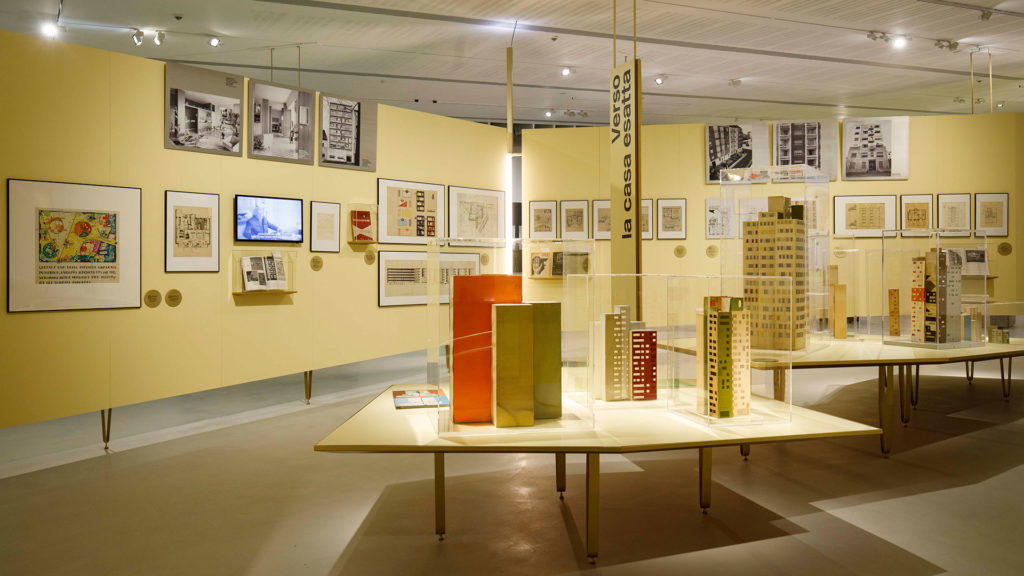
Foto © Musacchio, Ianniello & Pasqualini
The research of a definition of the exact house, or better the house that would be suitable to the life of those who dwell in it, the modern life of modern humans, was always central in Ponti’s production. His research started from the typical Milanese Domus, i.e. from the origins of domestic tradition, developed through the pages of the magazines Ponti directed, “Domus” and “Stile”, and found its conclusion in Ponti’s apartment in Via Dezza – with its fluid spaces and visually connected rooms. A variety of types applicable to standardized lodgings can be found as early as the models designed for Feal, where adaptability was conjugated with the prefabrication of tower buildings.
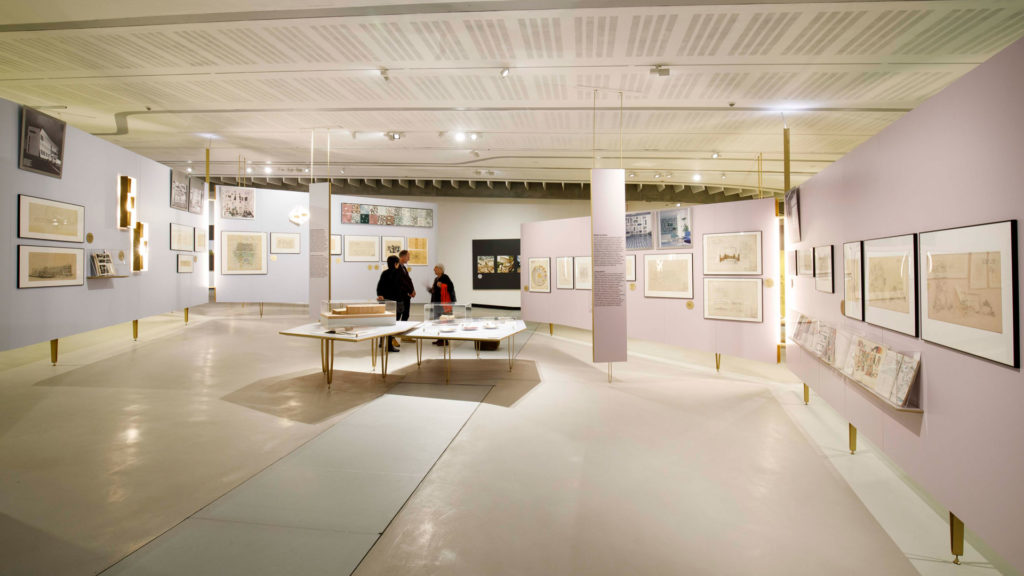
Foto © Musacchio, Ianniello & Pasqualini
Placed at the centre of Ponti’s design creativity, Nature establishes a biunivocal and osmotic relation with architecture. This is manifest when Ponti uses porticoes, terraces, pergolas and verandas, loggias and balconies as architectural elements that project architecture outside, and at the same time bring nature within. For Ponti, Nature par excellence reveals itself along the coasts of the Mediterranean, the cradle of classic architecture but also of modern architecture, as expressed by the projects studied with Bernard Rudofsky between the end of the 1930s and the beginning of the 1940s. During the 1970s and 1960s, the relationship between architecture and nature became more conceptual and took form in more organic and almost intimate projects, such as the house called Beetle under the leaf and the villa for Daniel Koo in California.
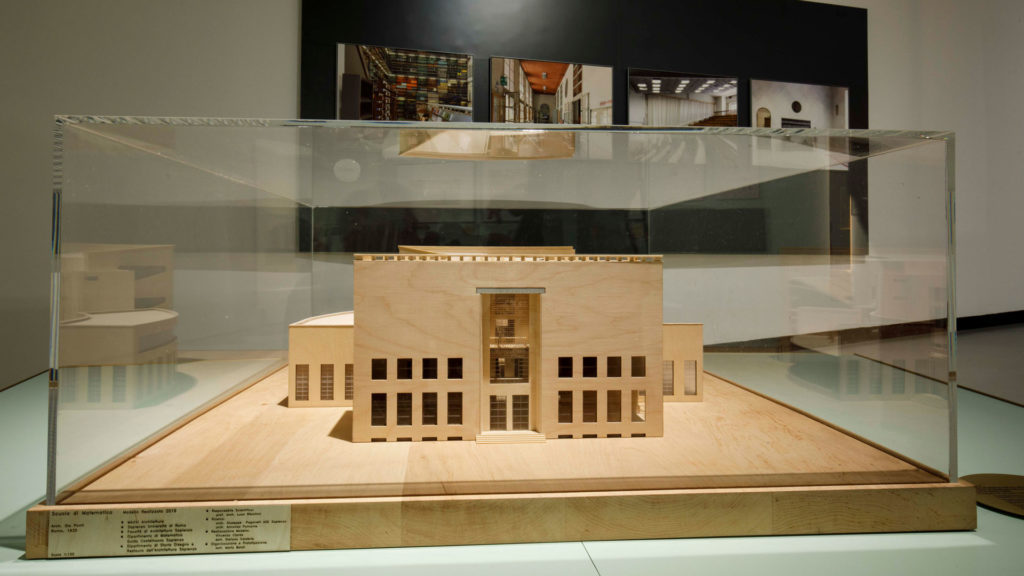
Foto © Musacchio, Ianniello & Pasqualini
The 1930s were a period which offered Ponti the opportunity to experiment with large projects, mostly on public procurement, characterised by a multi-scale vision, capable of integrating the urban dimension with the that of details. In the competition project for the Palazzo dell’Acqua e della Luce for the E42, in the university seats of Liviano and Palazzo del Bo in Padua, and in the School of Mathematics at Rome’s Città Universitaria, besides establishing a dialogue between architecture and art, Ponti started from the monumental scale and moved down to the design of interior spaces and furnishings. A similar method guided him in the design of the First Montecatini Building in Milan, undeniably a monument to labour, replicated and reiterated twenty years later with the Second Building.
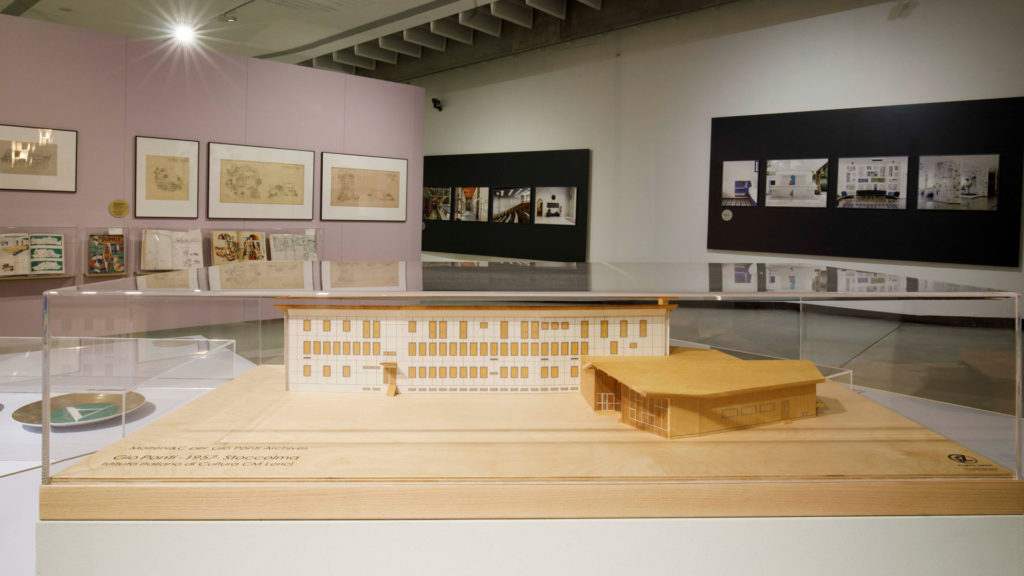
Foto © Musacchio, Ianniello & Pasqualini
Projects such as the Italian Cultural Institute in Stockholm or the Institute of Nuclear Physics at Sao Paulo in Brazil represent the accomplished expression of a design concept that reasons through planes rather than volumes. The façade becomes a two-dimensional surface that can be punctuated and folded as a sheet of paper. In the villas built in Caracas and Teheran, also thanks to the wealthy and enlightened clients, Ponti lightens the casing which detaches itself from the ground and reveals all his ability to handle complex plans, in which the domestic spaces follow one another and merge, with furnishing solutions and artistic interventions integrated into the architecture. These projects also attest to the international dimension that Ponti’s work had reached in the 1950s.
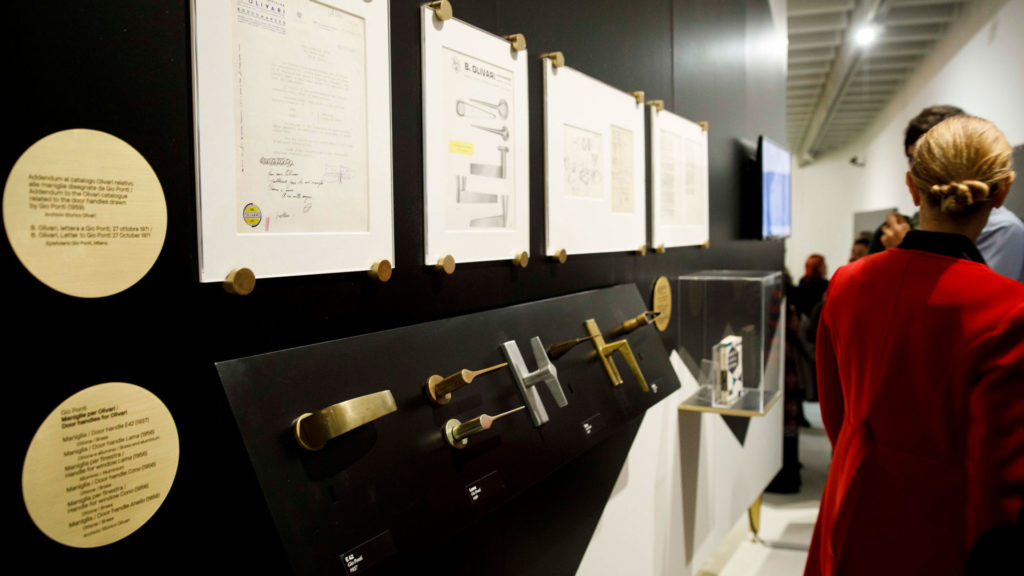
Foto © Musacchio, Ianniello & Pasqualini
Ponti’s most telling and well known aphorism expresses the idea that the “finished form” is a guarantee of a correct architecture: It is not volume that makes architecture, but its closed, finished, immutable form. Archi- tecture […] when it is pure, is pure as a crystal, magic, closed, exclusive, autonomous, uncontaminated, incorrupt, absolute, definitive. The faceted essence of the crystal manifests itself in the plan, with an elusive profile made of corners that multiply and chase each other without ever finding the absoluteness of two perpendicular faces, and in perforated and suspended surfaces that are the elevations of those plans. A consistent and univocal method that we find in impressive projects such as the Denver Art Museum or the chapel of San Carlo in Milan, and in the small scale design of door handles for Olivari, of bathroom fixtures for Ideal Standard, of ceramic tiles or the bodywork for a car called, not by chance, Diamante (Diamond).
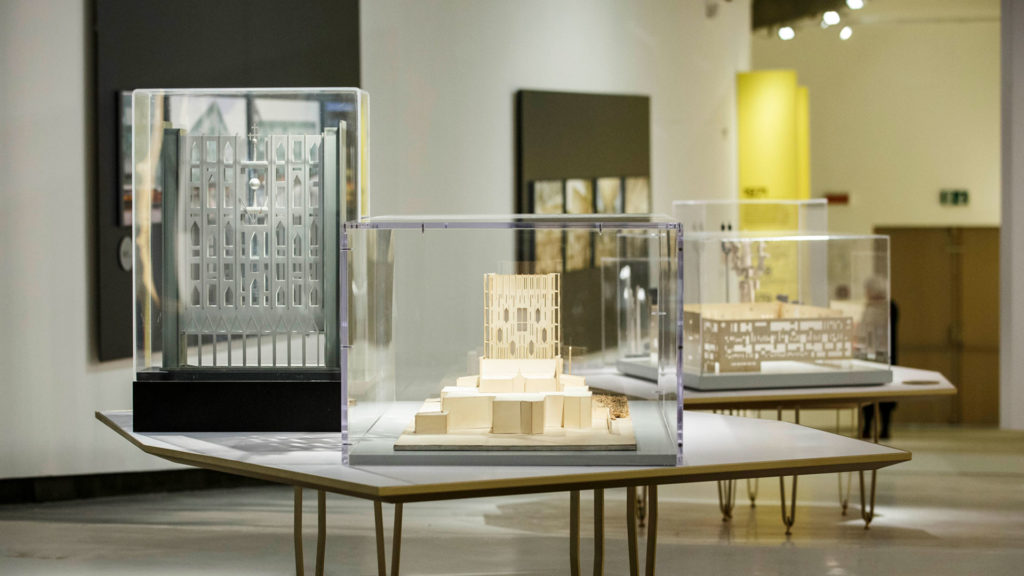
Foto © Musacchio, Ianniello & Pasqualini
The history of mankind, Ponti argued, advances from the heavy to the light, from the thick to the thin: the prophecy of “lightness” called for the advent of “a light and transparent style, simple, linked to a simplified social custom”. For Ponti, lightness is not a literary metaphor, but the answer to twentieth-century ways of building, with an ethical value rather than a formal one. The facades of the buildings are therefore “intact surfaces, they are like the sheet of white paper” on which the windows start the “arcane game of Architecture” which dematerializes as in the final outcome of the Con-cathedral of Taranto, where the cement becomes air and light. Even in studies on prefabrication, in Ina and Savoia office buildings in Milan or in government buildings in Islamabad, the game of perforated facades defeats the repetitiveness.
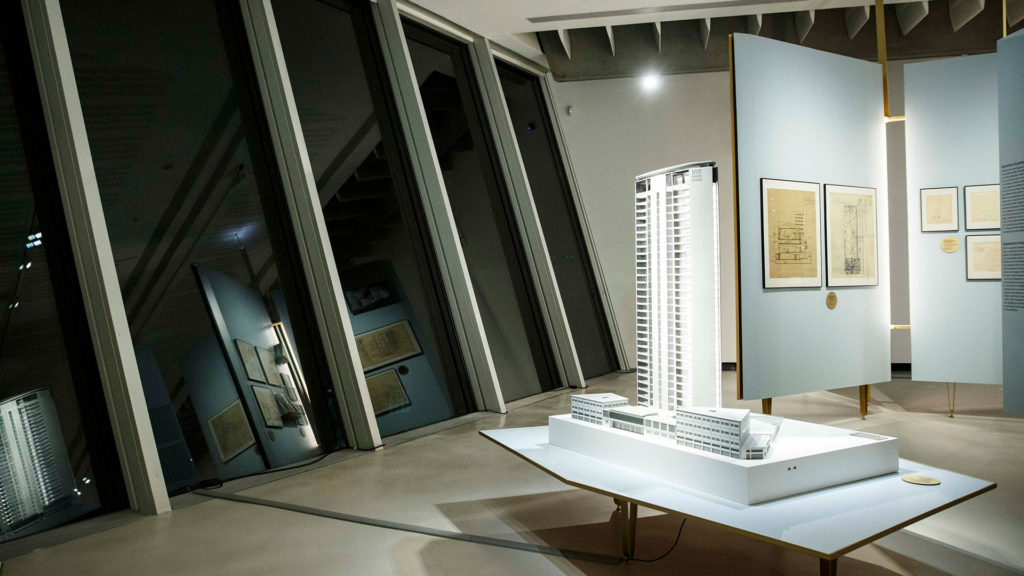
Foto © Musacchio, Ianniello & Pasqualini
Ponti’s aspiration towards lightness translated into and aspiration for verticality when applied to buildings that were to be inserted in a consolidated urban context. A vertical development, in fact, allows a limited footprint and allowed Ponti to foretell the appearance of skyscrapers in the skyline of modern cities. In his design of high-rise buildings, the plan remains, however, a finite form, closed and absolutely original. In his study of triangular-plan skyscrapers, the plan is functional to a multiplication of continuous window views, and a similar choice of light façades permeates the design for the Montreal Towers and that for the Italo-Brazilian Centre in Sao Paulo. However, Ponti’s skyscraper par excellence is the Pirelli Tower in Milan, a synthesis of many design themes presented in this exhibition.

Foto © Musacchio, Ianniello & Pasqualini
On an urban planning level, Ponti developed an idea of the city that is intimately linked to the vertical development of architecture. He demonstrated this already in 1937 with the regeneration project of the former Scalo Sempione, where he fought against the concept of a horizontal garden district in favour of an organic composition of large ensembles placed along a wide tree-lined avenue, which ten years later (when he worked on the project once more with Mazzocchi and Minoletti) became the “Green River”, a backbone with sports facilities and tall collective buildings. Even on the small scale of a mountain town, Chiavenna, his proposal for a “School City” reflects the organic vision of an education district integrated into the fabric of the historical centre.
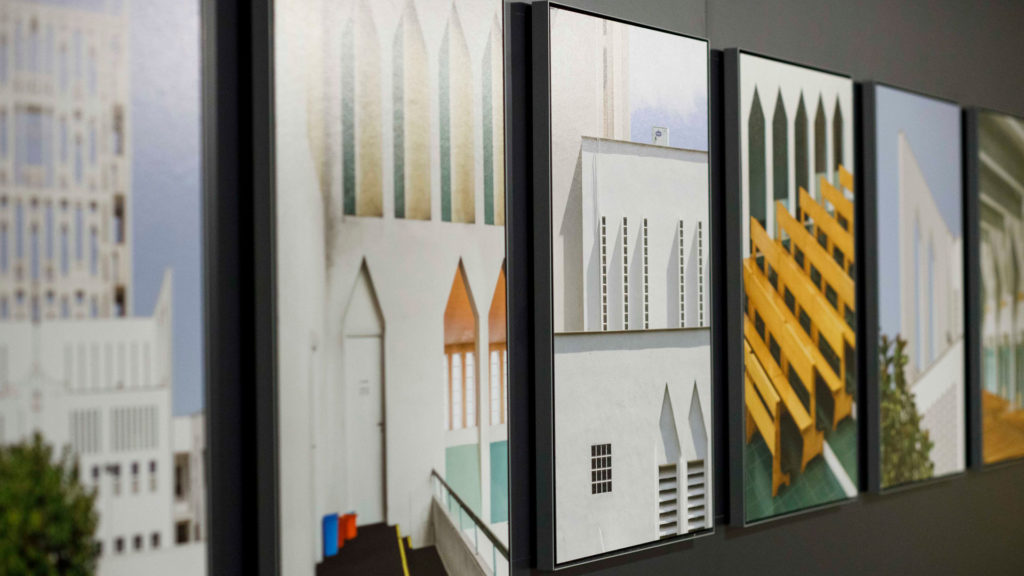
Foto © Musacchio, Ianniello & Pasqualini
Focusing on the potential of welding between past and present, the exhibition is enriched by a new photographic project: a series of contemporary glances on eight of Ponti’s designs, here placed in an emotional and intellectual short circuit with modern forms of creativity. On display, photos by Stefano Graziani, Allegra Martin, Michele Nastasi, Filippo Romano, Paolo Rosselli, Giovanni Silva and Delfino Sisto Legnani.
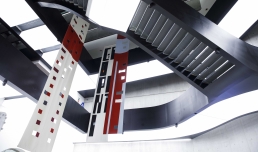
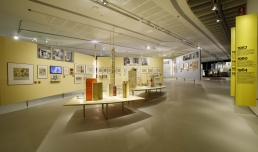
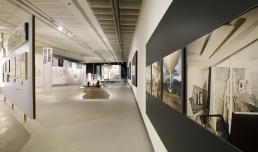
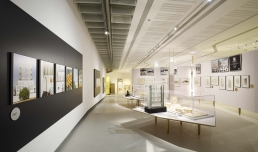
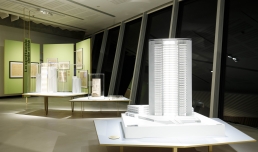
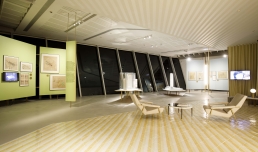
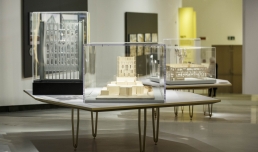
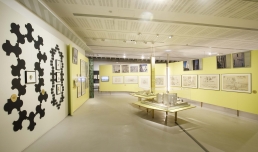
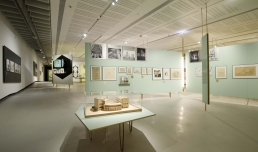
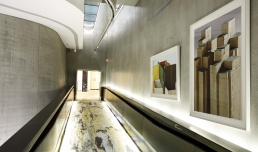
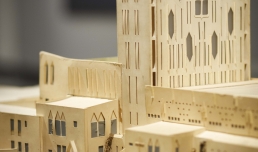
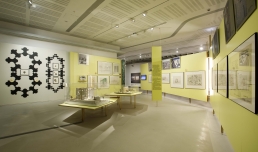
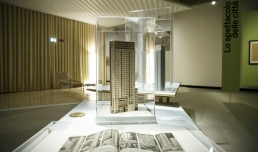
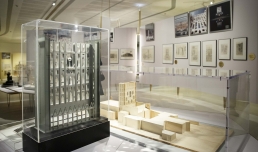
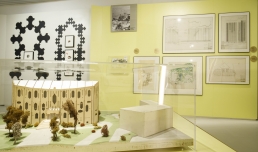
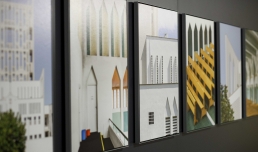
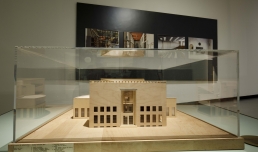
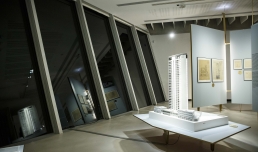
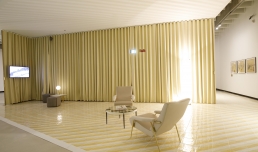
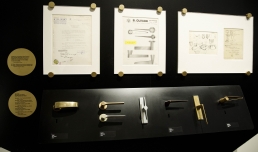
In May 2020 the exhibition reopens to the public on the following days > 22-23-24 /29-30-31.
And from 2 June on the usual museum opening days and hours.
gallery 5
curated by Maristella Casciato, Fulvio Irace with Margherita Guccione, Salvatore Licitra, Francesca Zanella
40 years on from his death, MAXXI is dedicating a major retrospective to him that studies and presents his versatility, starting out with an account of his architecture.
Architect, designer, art director, writer, poet, critic and all-round artist, Gio Ponti has been the object of historical-critical literature and exhibition programmes that would be difficult to equal.
From the styling of everyday objects to the invention of spatial configurations for the modern home through to the realisation of complex projects inserted within an urban context such as the Pirelli skyscraper in Milan or the cathedral in Taranto, Ponti’s design was characterised by his comfort in switching scales.
Produced in collaboration with the CSAC of Parma and Gio Ponti Archives, the exhibition presents archive materials, models, photographs, books, magazine and objects that permit the discovery of a remarkable protagonist of Italian architecture who left an indelible mark on diverse continents.
SECTIONS
Towards the exact house
Living nature
Classicisms
Architecture of the surface
Architecture as crystal
Light Facades
Appearance of skyscrapers
The spectacle of cities
Contemporary gazes